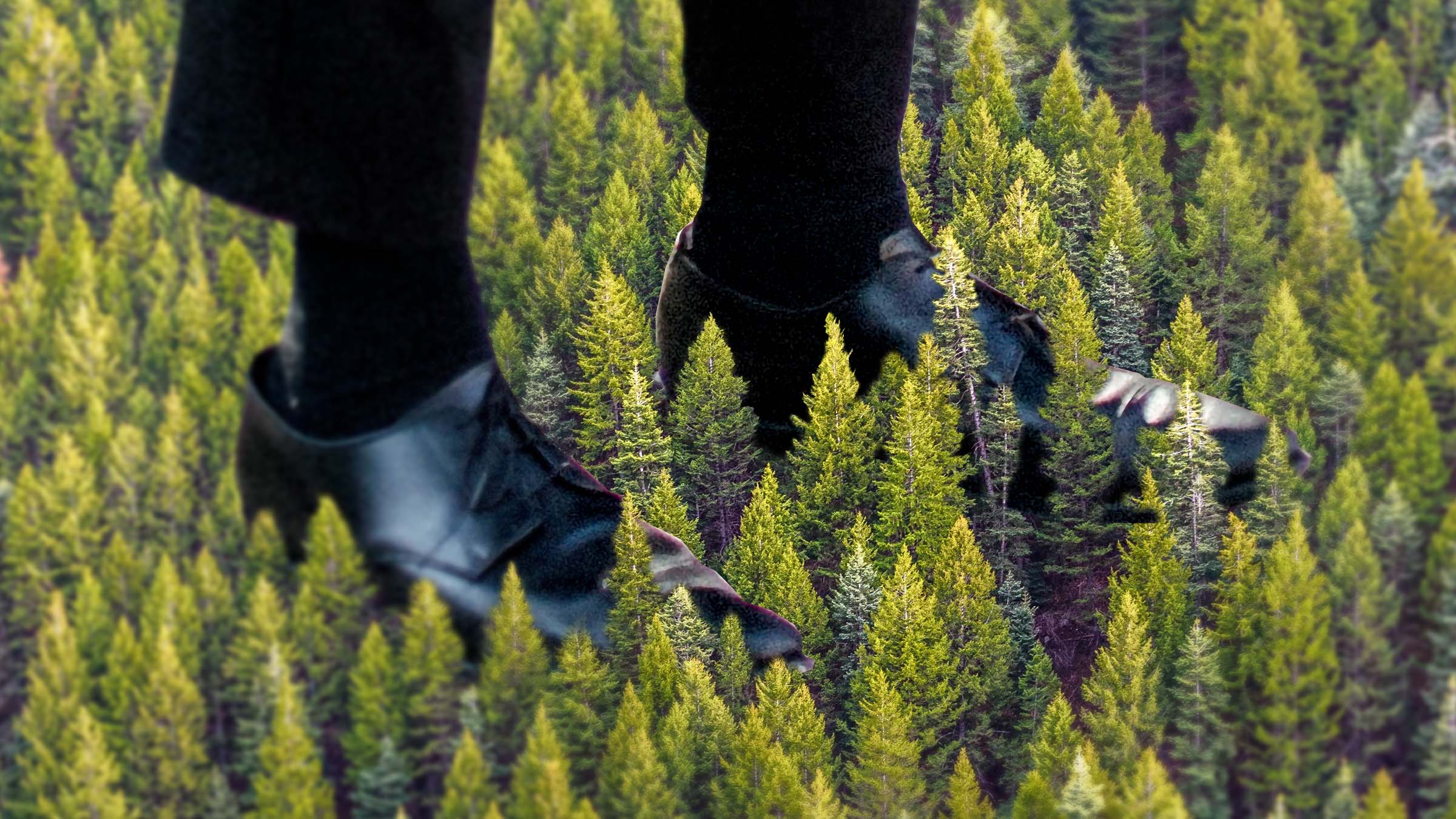Nature and biodiversity are being lost at an alarming rate globally, including in Finland. Biodiversity loss has far-reaching effects on our economy, health and well-being. That is why halting the loss of biodiversity is essential.
Business has an important role to play in combating biodiversity loss, and pioneering companies are already taking action. But so far companies have lacked proper tools for assessing the harmful ecological effects of their operations. This is about to change, as researchers at the University of Jyväskylä have developed one of the world’s first indicators for calculating the biodiversity footprint of companies.
In a pilot project, the researchers assessed the biodiversity footprint of S Group, a customer-owned Finnish network of companies in the retail and service sectors, with more than 1,900 outlets in Finland. The development of the calculation method is funded by S Group and Sitra. The outcome of the project will be an openly published method that any company, organisation or municipality can use to assess their biodiversity footprint.
To be able to minimise their harmful effects on the natural environment, companies need to understand how different products and services affect nature. For example, rainforests with valuable nature may have been cleared to grow the coffee we buy in the grocery store.
“Calculating the carbon footprints of companies is already commonplace. This project shows that companies can also calculate their biodiversity footprint. A company like S Group, which operates in many different sectors, played a key role in developing the model,” says Janne Kotiaho, Professor of Ecology from the University of Jyväskylä.
“You can’t control what you can’t measure. Halting biodiversity loss requires an effective method for calculating the biodiversity footprint. It is needed by all companies wanting to take serious control of their impact on nature. Nationally, we can be proud that Finland is at the very forefront of this international development work,” says Lasse Miettinen, Director of Sitra’s Sustainability solutions theme.
This is a topical issue, as at the end of last year the world’s countries agreed at the Montreal biodiversity conference on new international goals for halting biodiversity loss. It was also agreed that in future large companies should disclose their harmful impact on ecosystems. Finland is also working on a national biodiversity strategy and implementation plan.
Species extinction risk under one indicator
This is the first time internationally that the biodiversity footprint of a large business group has been calculated. The footprint of S Group’s value chain and its own operation was calculated using the calculation method developed by the JYU.Wisdom – School of Resource Wisdom at the University of Jyväskylä, which uses scientific databases, company accounting and Finnish international trade data.
The biodiversity footprint is measured as the fraction of the world’s species at risk of extinction – (potentially disappeared fraction of species, PDF). The indicator aggregates the extinction risk to different species into a single unit of measurement – similar to a carbon footprint – and makes international comparison of the biodiversity footprint of different companies possible.
The model will be further developed and refined. Openly published methods and tools will enable the design of more effective activities to prevent biodiversity loss in business value chains.
The development of the calculation model is also linked to the BOOST for biodiversity offsets project funded by the Academy of Finland, which aims to design, build and implement a knowledge-based ecological compensation system in Finland.
Sitra’s aim is that in the near future, each of us will be able to use the calculation model to assess the biodiversity footprint of our everyday consumption in the near future.
Biodiversity footprint maps the impacts on water bodies and terrestrial ecosystems
The interim report (summary in English) of the research project, which will run until the end of 2025, shows that food products make up the largest part of the ecological footprint of S Group. The second largest biodiversity footprint is caused by fuels. These are also S Group’s largest business sectors. The share of consumables in the biodiversity footprint is significantly smaller, only a few per cent.
According to the calculation model, a large part of the harmful effects on the ecology caused by Finnish consumption occurs outside Finland, in different parts of the world through complex procurement chains. Over 90 per cent of the global biodiversity footprint of S Group was outside Finland, including Indonesia and the equatorial region, Spain, the Mediterranean region and Brazil. The biodiversity footprint is typically greater in areas naturally rich and diverse, such as the equatorial region.
Nina Elomaa, Senior Vice President Sustainability at S Group, emphasises that climate and biodiversity work are closely linked. S Group aims to be carbon neutral by 2025. In addition to its climate work, the Group aims to reduce its impact on nature by promoting more sustainable consumption and a planetary diet, among other things.
Concrete measures include policies on raw materials and sourcing, aimed at protecting fish stocks or ensuring that sourcing does not take place in areas that are vulnerable to deforestation.
“Climate work and biodiversity work must go hand in hand. Unlike in climate work, the impacts on the environment are very local. The report shows a need for even stronger collaboration with companies and partners operating in the same geographical area. At the same time, companies must begin to build new kinds of cooperation networks to reduce damage to nature,” Elomaa says.
Read more:
The interim report: S-ryhmän luontojalanjälki (summary in English)


















Recommended
Have some more.